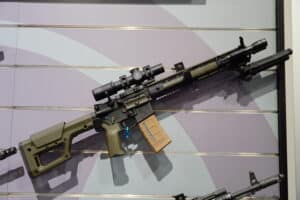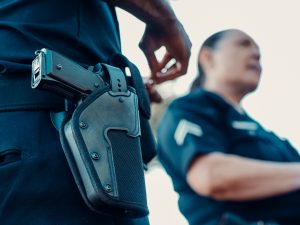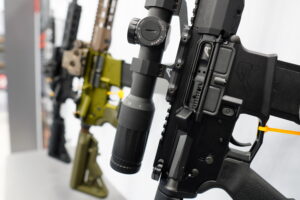The Canadian “assault weapon” confiscation plan is struggling to get off the ground.
According to records obtained by the Canadian Taxpayers Federation (CTF), a right-leaning non-profit, the Canadian government is overbudget on its mandatory buyback scheme. It has already spent a total of 2.2 million Canadian dollars on consulting fees despite not collecting any guns in the nine months since the buyback was announced.
“We’re already seeing costs go higher and the government hasn’t bought back a single gun,” Franco Terrazzano, Federal Director with the CTF, said. “The gun buyback won’t make Canadians safer, but it has all the makings of another big taxpayer boondoggle.”
With mounting costs and delayed execution, the situation in Canada highlights the challenges inherent to a country-wide buyback scheme. For gun-control proponents in the U.S.—particularly those in favor of banning assault weapons—national buybacks are an oft-cited strategy for achieving such goals. But the struggles in Canada, a country with a substantially lower population and far fewer guns in civilian hands, cast doubt on the feasibility of mass buybacks in the United States.
According to the CTF, a consulting contract with tech giant IBM for the planned buyback has already jumped from an initial estimate of $1.1 million to $1.5 million. The group said about half of that spending has gone “to bureaucratic salaries.”
Enforcement costs are also expected to far exceed initial estimates. Bill Blair, the former Minister of Public Safety, initially told the public that the buyback program would have a total cost between $400 million and $600 million. However, the CTF pointed out that the Canadian Parliamentary Budget Officer (PBO) estimates significantly higher costs for both reimbursing gun owners and paying to administer the program.
“The total cost of reimbursing gun owners could cost up to $756 million, according to the [PBO],” the CTF said. “However, the PBO did not include staffing and administration costs due to a lack of program details.”
The buyback scheme is the result of a May 2020 regulation from Prime Minister Justin Trudeau banning 1,500 ‘assault weapons’ by make and model. It was enacted in response to a mass shooting in Nova Scotia, in which a gunman used illegally-obtained weapons to murder 22 people.
The ban provided a two-year amnesty period from its initial announcement for gun owners to comply. But with a buyback scheme only officially announced as of February 2021 and costs already mounting before payments have even begun, it faces an uphill battle to force gun owners to comply by the April 30, 2022 deadline. If a significant number do not turn in their guns over the next six months, the government will have to decide whether to take potential criminal action against large numbers of Canadian gun owners for possessing guns they legally purchased.
This reality is leading critics to call for the whole plan to be repealed.
“The gun buyback is an expensive program that won’t keep Canadians safe,” Terrazzano said. “The feds need to scrap the gun ban and buyback, because we don’t need another ineffective policy and taxpayers can’t afford to waste more money.”







One Response
Didn’t Canada spend hundreds of millions of dollars trying to set up a long gun registry which never got anywhere and was scrapped?